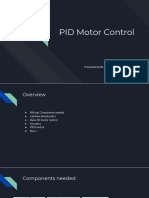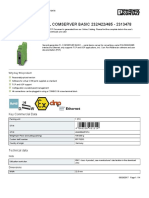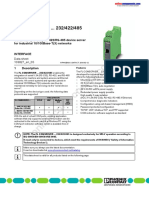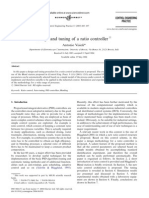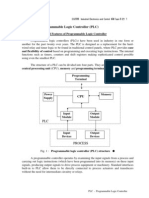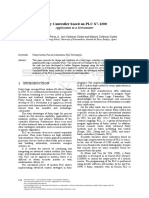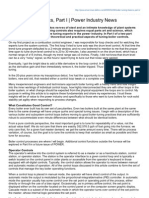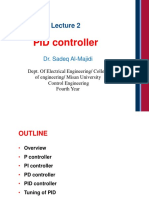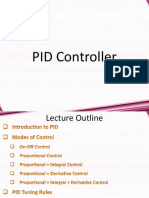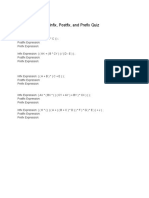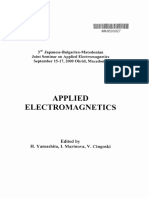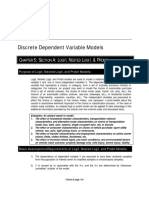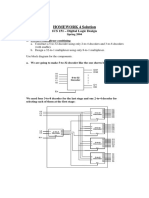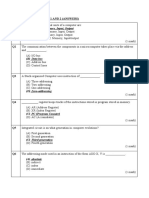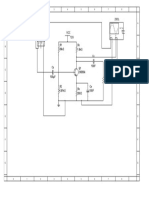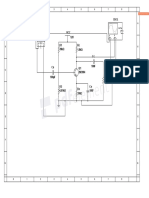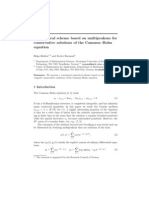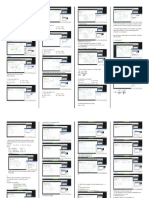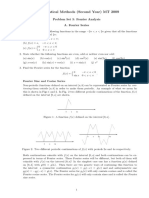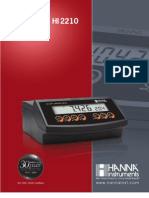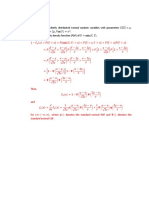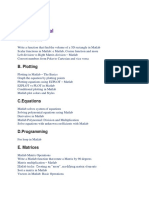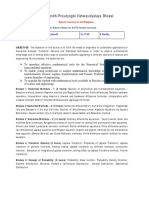0% found this document useful (0 votes)
138 views31 pagesProportional - Integral-Derivative (Pid) Controller: by Mohd Hafiz Bin A. Jalil at Zainuddin
This document discusses PID controllers, including:
1. Defining the proportional (P), integral (I), and derivative (D) terms and their roles in controller design.
2. Describing the ideal structures for P, PI, and PID controllers.
3. Explaining common open-loop tuning methods like Ziegler-Nichols and Cohen-Coon rules that are used to determine P, PI, and PID parameters based on process characteristics like gain, time constant, and delay.
4. Providing an example of using Ziegler-Nichols tuning rules to design a PID controller to regulate the temperature of a chemical reactor.
Uploaded by
Nur Amiera SyuhadhaCopyright
© © All Rights Reserved
We take content rights seriously. If you suspect this is your content, claim it here.
Available Formats
Download as PDF, TXT or read online on Scribd
0% found this document useful (0 votes)
138 views31 pagesProportional - Integral-Derivative (Pid) Controller: by Mohd Hafiz Bin A. Jalil at Zainuddin
This document discusses PID controllers, including:
1. Defining the proportional (P), integral (I), and derivative (D) terms and their roles in controller design.
2. Describing the ideal structures for P, PI, and PID controllers.
3. Explaining common open-loop tuning methods like Ziegler-Nichols and Cohen-Coon rules that are used to determine P, PI, and PID parameters based on process characteristics like gain, time constant, and delay.
4. Providing an example of using Ziegler-Nichols tuning rules to design a PID controller to regulate the temperature of a chemical reactor.
Uploaded by
Nur Amiera SyuhadhaCopyright
© © All Rights Reserved
We take content rights seriously. If you suspect this is your content, claim it here.
Available Formats
Download as PDF, TXT or read online on Scribd
/ 31
